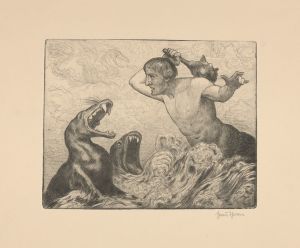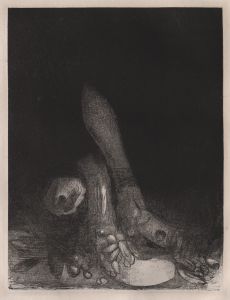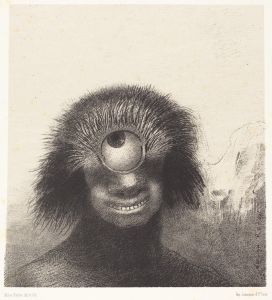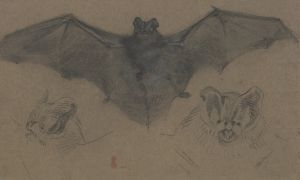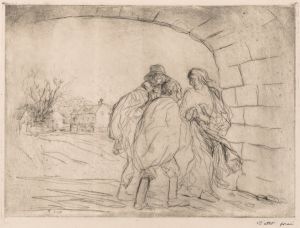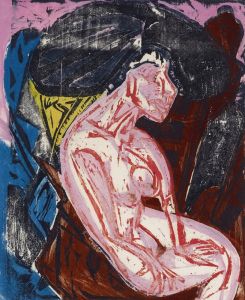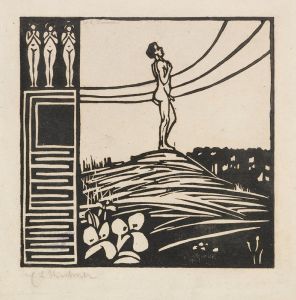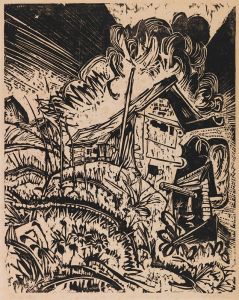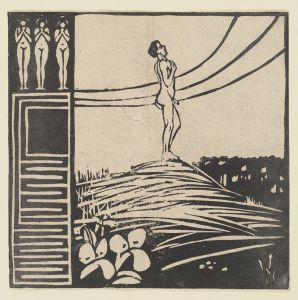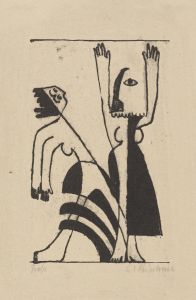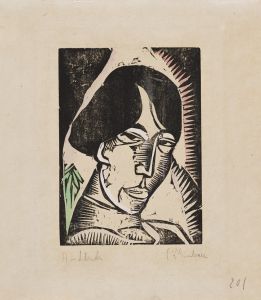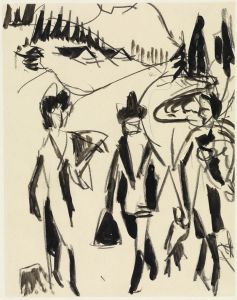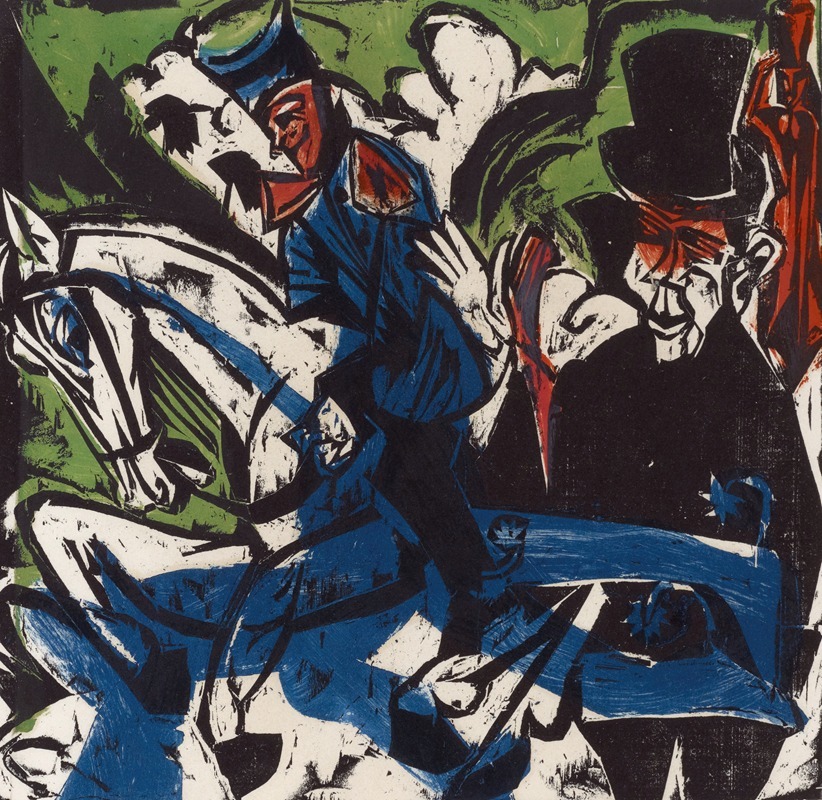
Begegnung Schlemihls mit dem grauen Männlein auf der Landstrasse
A hand-painted replica of Ernst Ludwig Kirchner’s masterpiece Begegnung Schlemihls mit dem grauen Männlein auf der Landstrasse, meticulously crafted by professional artists to capture the true essence of the original. Each piece is created with museum-quality canvas and rare mineral pigments, carefully painted by experienced artists with delicate brushstrokes and rich, layered colors to perfectly recreate the texture of the original artwork. Unlike machine-printed reproductions, this hand-painted version brings the painting to life, infused with the artist’s emotions and skill in every stroke. Whether for personal collection or home decoration, it instantly elevates the artistic atmosphere of any space.
Ernst Ludwig Kirchner was a prominent German expressionist painter and one of the founding members of the artist group Die Brücke (The Bridge), which played a crucial role in the development of modern art in the early 20th century. Kirchner's work is characterized by its bold use of color, dynamic compositions, and a focus on the human figure, often exploring themes of modernity and urban life.
"Begegnung Schlemihls mit dem grauen Männlein auf der Landstrasse" (translated as "Schlemihl's Encounter with the Grey Man on the Road") is one of Kirchner's intriguing works that reflects his interest in narrative and psychological depth. This painting is inspired by the novella "Peter Schlemihl's Miraculous Story" by Adelbert von Chamisso, a tale about a man who sells his shadow to the devil in exchange for a bottomless wallet, leading to a series of existential and moral dilemmas.
In Kirchner's depiction, the encounter between Schlemihl and the grey man is portrayed with a sense of tension and surrealism. The use of exaggerated forms and vivid colors is typical of Kirchner's expressionist style, aiming to convey emotional and psychological states rather than realistic representation. The figures are often elongated and distorted, a technique Kirchner employed to express the inner turmoil and alienation of modern life.
The painting reflects Kirchner's fascination with the themes of identity, choice, and the supernatural, which are central to Chamisso's story. The grey man, representing the devil or a Faustian figure, is a symbol of temptation and the moral complexities faced by individuals. Kirchner's work often delves into such themes, exploring the darker aspects of human nature and the consequences of one's actions.
Kirchner's art was significantly influenced by his experiences and the cultural milieu of his time. The early 20th century was a period of rapid industrialization and social change, and Kirchner, like many of his contemporaries, was interested in capturing the anxieties and transformations of this era. His work often reflects a critique of modern society, exploring the alienation and fragmentation experienced by individuals in the urban environment.
"Begegnung Schlemihls mit dem grauen Männlein auf der Landstrasse" is a testament to Kirchner's skill in blending narrative and visual elements to create a compelling and thought-provoking piece. The painting invites viewers to reflect on the nature of human desires, the consequences of our choices, and the eternal struggle between good and evil.
Kirchner's legacy as a leading figure in the expressionist movement is well-established, and his works continue to be celebrated for their innovative approach and emotional depth. His paintings are housed in major museums and collections worldwide, where they remain influential in the study of modern art and expressionism.






